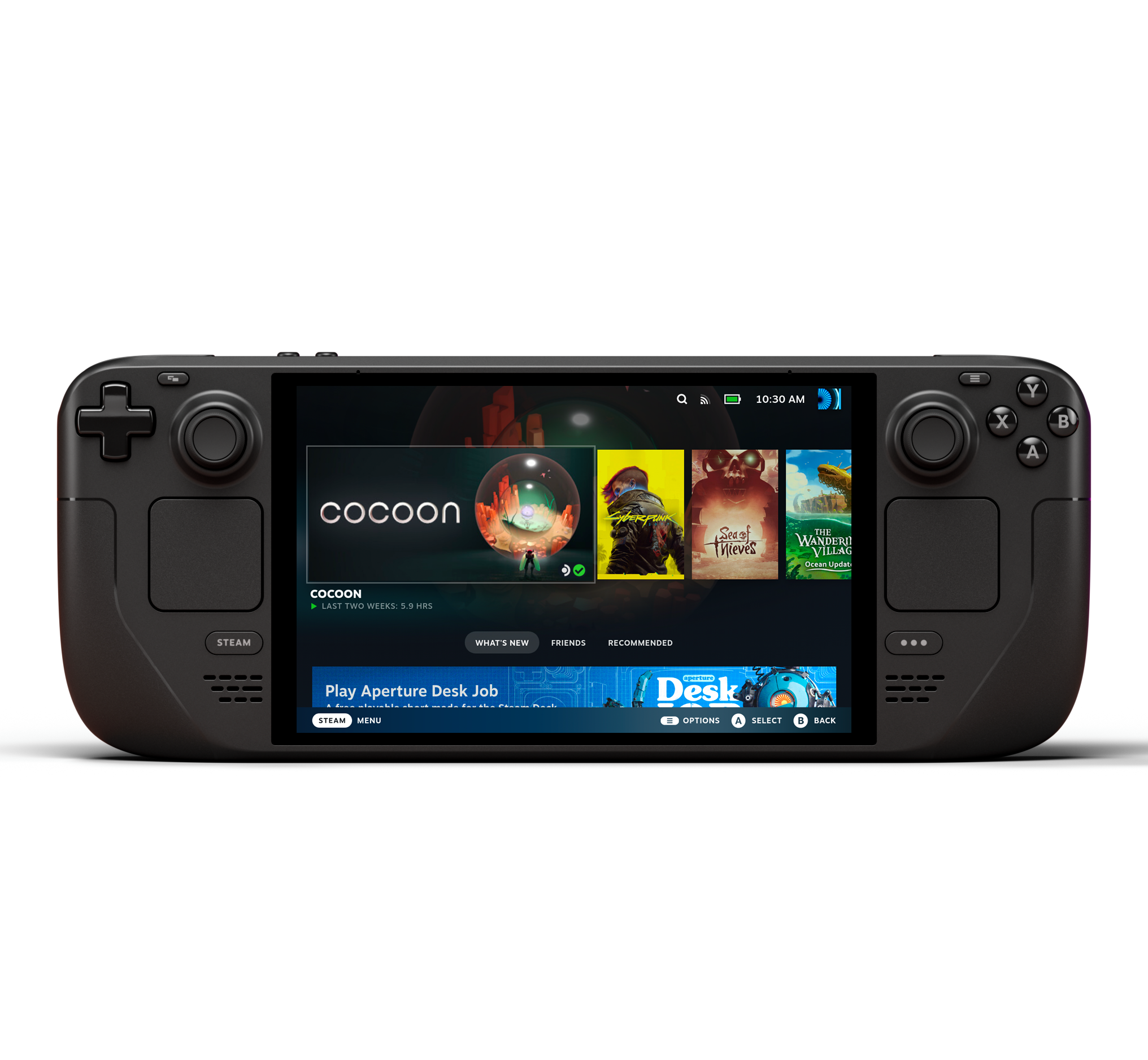Valve’s handheld gaming PC, the Steam Deck, made waves in the gaming world when it launched, offering players a powerful way to take their Steam library on the go. Now, rumors surrounding its successor — the Steam Deck 2 — are beginning to surface, sparking excitement and speculation throughout the gaming community. While Valve has yet to make an official announcement, leaks and insider reports suggest that the next-generation device could be revealed before the end of 2025, possibly in time for the holiday season.
One of the most anticipated changes for the Steam Deck 2 is a new OLED display, a move that would bring it in line with competitors like the Nintendo Switch OLED. Players have long asked for better screen quality, and an OLED upgrade would mean richer colors, deeper blacks, and improved battery efficiency. This change alone could make a major impact on the handheld experience, especially for visually intense games.
Beyond the display, sources indicate that the Steam Deck 2 will feature an upgraded AMD APU, custom-designed to provide stronger GPU performance and better thermal efficiency. This would enable the device to handle more graphically demanding games at higher settings, with fewer compromises. The original Steam Deck was praised for its ability to run AAA titles, but it often required players to tweak performance settings. The new chip could reduce that need, making for a more seamless plug-and-play experience.
Battery life has also been a point of concern with the current model, and Valve seems to be addressing it with a larger battery and improved power management. Combined with the efficiency of the OLED screen and a more optimized chipset, the Steam Deck 2 is expected to offer significantly longer play sessions without needing a recharge.
Design-wise, the new model is rumored to be slightly thinner and lighter, while maintaining the comfortable grip and layout of the original. Some sources have mentioned an improved cooling system and quieter fan, which would fix one of the few consistent criticisms of the first version.
Valve is also expected to introduce software improvements alongside the hardware. A refined version of SteamOS could bring better performance optimization, quicker boot times, and more intuitive access to non-Steam games through Proton or other compatibility layers. This will be crucial as Valve continues to position the Deck not just as a handheld console, but as a full-fledged portable PC.
One persistent question remains: pricing. While nothing is confirmed, early reports suggest that Valve is aiming to keep the base model under $500, with higher-tier versions offering expanded storage and possibly extra features like anti-glare glass or additional ports.
As anticipation builds, gamers around the world are watching closely for Valve’s next move. With competitors like the ASUS ROG Ally and Lenovo Legion Go entering the handheld space, the Steam Deck 2 needs to deliver meaningful upgrades while staying true to what made the original such a hit.
If the rumors are accurate, the Steam Deck 2 could set a new standard for portable PC gaming — and push the entire industry forward.



